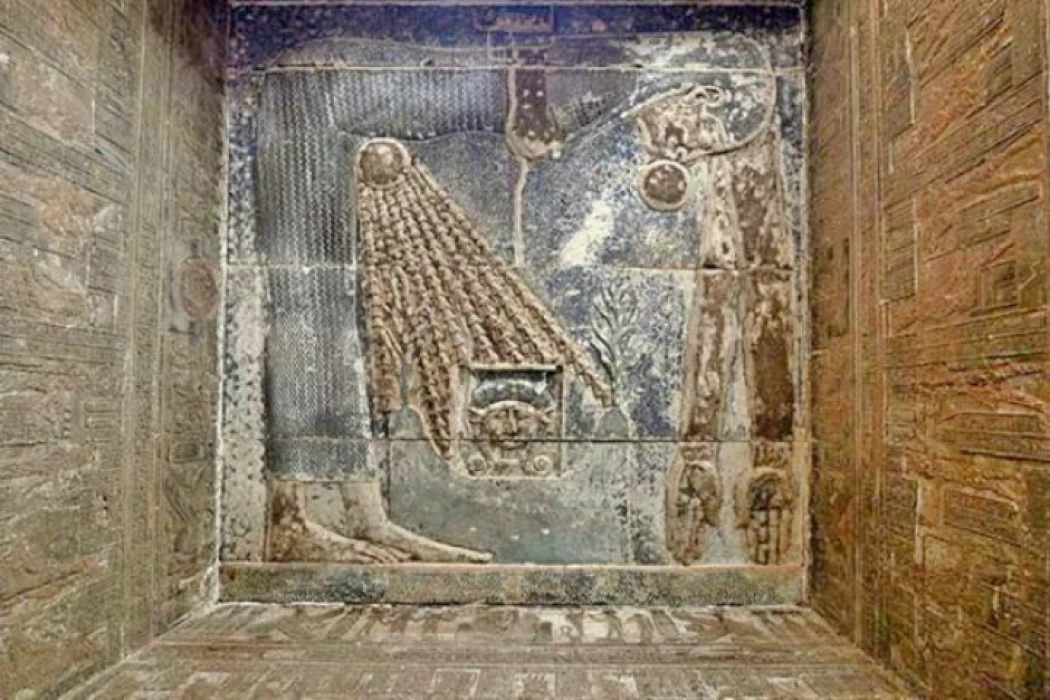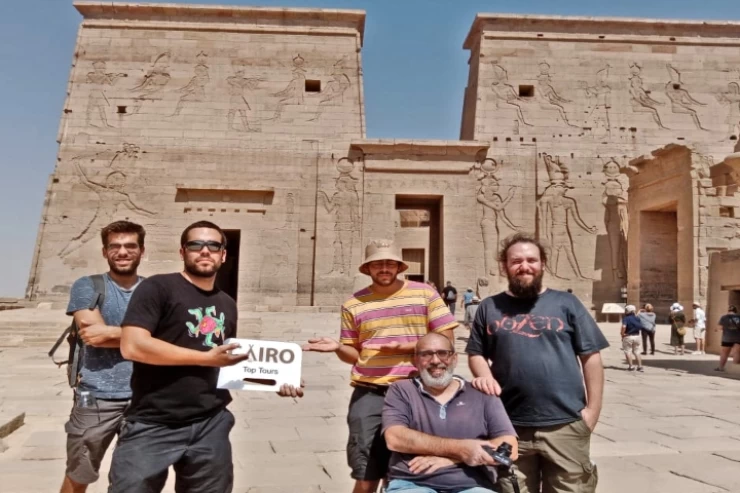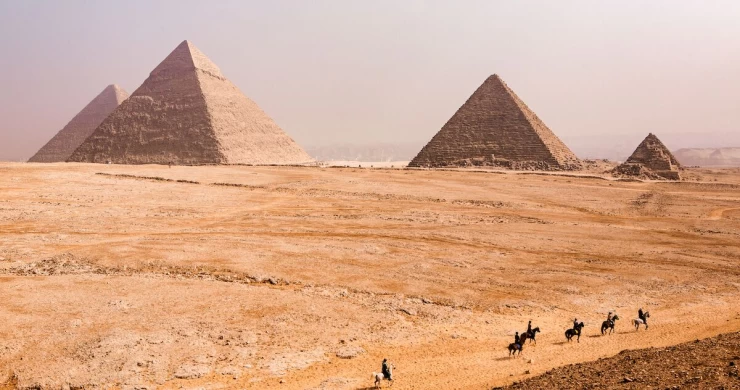
Porca de Deusa | Deusa do Céu
Porca de Deusa
Entre os deuses egípcios, a divindade responsável pelos céus estava representada com um corpo alongado coberto de estrelas, inclinado para a terra segurando-se com as mãos e os pés. Por outro lado, vale a pena mencionar que, Nut estava relacionada com o mundo dos mortos, uma vez que os tratava como uma mãe trata os seus filhos, oferecendo-lhes ajuda e segurança, além disso, esta deusa deu a concessão ao falecido para reanimar.
Deusa do Céu
Embora a mãe de todos os deuses tivesse decidido ter uma família com Geb, tanto o seu pai Shu como Ra, o deus sol, não concordavam com essa relação, pelo que tentaram separá-los para que Nut não tivesse filhos.
Isto porque Ra temia perder o seu trono, no entanto, Nut conseguiu ter os seus filhos com o seu marido, cada um deles possuindo qualidades poderosas como Seth personificava o deus do mal, Osíris personificava a divindade dos mortos, Ísis representava a deusa da magia, Nefthys simbolizava a divindade da água, e Horus, o Ancião, personificava o deus da guerra.
No momento em que o deus Ra soube do nascimento dos filhos da deusa dos céus, ficou tão perturbado que conseguiu separar essa união, impedindo-os de se verem durante os 365 dias do ano, no entanto, Nut obteve fendas de tempo da lua para se encontrar com Geb.
Por outro lado, esta deusa estava relacionada com o sol, já que engoliu o deus Ra à noite e este último apareceu resplandecente no dia seguinte, mostrando o novo amanhecer.
Gostaria de viver uma viagem através da cultura e mitologia egípcia antiga? pode fazê-lo acontecer e passar um dia a visitar Abydos, Giza, Luxor, Assuão para ver os túmulos dos faraós adornados com cenas muito claras, detalhadas e belamente pintadas das várias divindades do antigo Egipto, bem como muitos outros locais, cidades, aventuras e coisas para fazer no Cairo, pode tentar reservar um dos nossos pacotes de viagens ao Egito e muitos grupos privados de excursões guiadas de um dia no Cairo a partir do aeroporto e de um dia no Egipto para explorar a capital do Egipto, Cairo pode verificar muitos dos itinerários do Egipto ou fazer uma das nossas excursões de um dia inteiro no Cairo, como por exemplo:
Among the Egyptian gods, the deity responsible for the heavens was depicted with an elongated body covered in stars, bent towards the earth, holding herself up with her hands and feet. On the other hand, it is worth mentioning that Nut was linked to the world of the dead. Since she treated them as a mother treats her children, offering them help and security, this goddess gave the deceased the concession to live again.
Although the mother of all gods decided to start a family with Geb, her father, Shu, and Ra, the sun god, did not agree with this relationship. So they tried to separate them so that Nut would not have children.
It was because Ra feared losing his throne; however, Nut managed to have children with her husband, each of them possessing powerful qualities: Seth personified the god of evil, Osiris embodied the deity of the dead, Isis represented the goddess of magic, Nephthys symbolised the deity of water, and Horus the Elder personified the god of war.
When the god Ra discovered the birth of the children of the goddess of the heavens, he was so upset that he managed to separate this union by preventing them from seeing each other for 365 days of the year. However, Nut obtained time slots from the moon to meet Geb. On the other hand, this goddess was linked to the sun, since she swallowed the god Ra at night and he appeared resplendent the next day, heralding the new dawn.
Nut is frequently portrayed as a person, but it can also occasionally be a cow or a tree. Among Nut's titles are: ‘Coverer of the Heavens,’ ‘She Who Protects,’ ‘She Who Carried All the Gods,’ and ‘She Who Bears a Thousand Souls.’
According to other widely held beliefs, the sun represents a child entering the mouth of the goddess of the sky (Nut) in the evening, then passing through her body during the night and emerging from her in the morning. This can occasionally take the shape of a tiny child of the goddess of the sky, who is represented by the celestial cow imagery. There was also a mixture of these different perceptions of the daily journey of the sun god, so it is not surprising that the story of the destruction of mankind is engraved with a drawing of the god Ra in his full human form sailing in his sacred boat on the back of the celestial cow Nut.
The idea of sunset as the swallowing of the sun by the goddess of the sky extends to the movement of the stars in the sky, which she sees as mere piglets disappearing into the mouth of Nut, who devours them in the morning and then brings them out again before nightfall. For this reason, the word Mesut in the Egyptian language literally means ‘time of birth’.
Nut played a funerary role in ancient Egyptian beliefs about rebirth and rebirth. Texts refer to the deceased's desire to become a star in Nut's body. According to the Ain Hemisphere doctrine of creation, Nut united with Geb to give birth to Osiris, who was associated with resurrection and the cycle of rebirth. Nut played a significant role in the revival of the deceased king in the Pyramid Texts, where she is referenced in numerous passages.
She also played the same role in the Coffin Texts. The prevailing belief was that the fate of the deceased was the same as that of the sun god. The thinking Egyptian mind imagined that the deceased passed in the company of the sun god inside the body of Nut, goddess of the night sky, to be born with him in the eastern sky the following morning, a notion confirmed by the Pyramid Texts from the Old Kingdom.
Naked woman covered in stars or wearing a long, tight dress decorated with stars, her arms and legs are extended.
She is depicted on the ceilings of tombs or chapels, or on the internal parts of lids and sarcophagi, likened to a tree representing its trunk, holding a tray topped with food and holding a vase of water in one hand. Cow, lioness, and vulture.
















